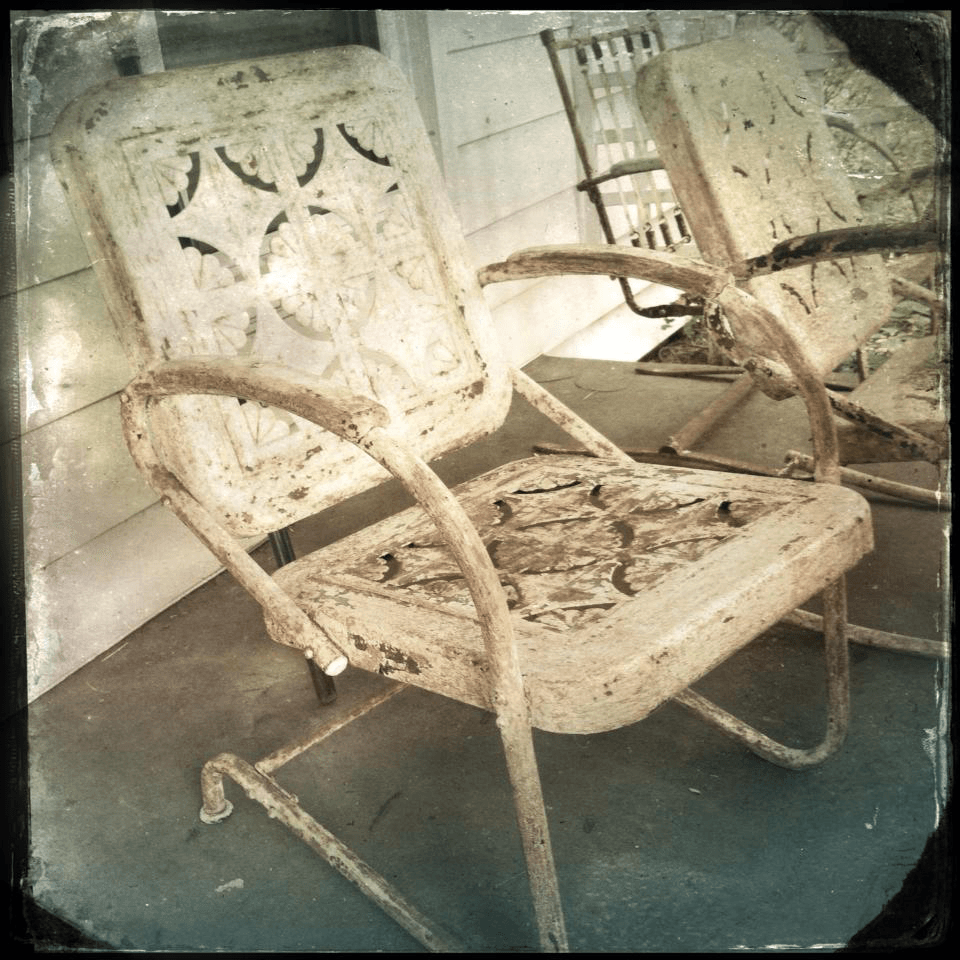
Come and sit a spell she said.
Sweet tea in a mason jar beaded with cold sweat.
The cicadas drone a background beat and the lazy whir of the fan stirs the thick air.
The porch swing, with a threadbare old quilt for a cushion, gently sways.
An old tabby cat rubs against my ankles.
Neighbors drop by one by one, until there are three conversations going at once.
As the sun goes down, fireflies light the yard with flashes of neon,
always one step ahead of the barefoot children. -Jennifer Law Young
I am making a documentary film and interactive website, and Sarah is writing a book; but at its heart this is an oral history project. Extraordinary moments are recorded as history, notorious people are remembered, but the motions of common, everyday life are mostly forgotten in time. Oral history preserves the perspectives of people who might otherwise be ignored by history.
With this project we are trying to capture the soul of a mountain and its people. House Mountain is home to a diverse micro-community. Changes are coming to the mountain, so I keenly feel the importance of capturing the memories of a way of life that may soon be forgotten. From the art of canning green beans, to the recipe for a raccoon dinner, to the delicate crafting of a guitar from a block of wood, we are recording history and preserving the perspectives of ordinary people. When the work is complete, there will there be a film, website and book, and the original interviews will be placed in the Special Collections at Washington and Lee University where they will be available to future generations of scholars wishing to know more about the mountain and its people.
Much of the interviews have been completed, although we are always discovering one more person who has something valuable to contribute to the body of House Mountain knowledge, and we encourage visitors to this site to fill out the contact form to share their own House Mountain stories with us. We are now in the process of culling through hours of footage, transcribing interviews, and pulling out the moments that shape the larger narrative. While on the surface it seems simple, the idea of capturing the spirit of a mountain is anything but. History, archaeology, sociology, anthropology, ecology, geology, these are all part of the story of the mountain. But, in large part it comes down to the people for me. I am intrigued by the stories of the men and women who first looked upon that mountain and said, “That’s home.”
The mountain inhabitants today are a complex mix of descendants of the original families and newcomers. Chances are, if you pass someone sitting on their porch, they will wave you over to visit for a while. Soon the porch will be filled with passersby and the conversations between all the disparate people are amazing.
I feel a profound sense of responsibility for this project. These men and women have welcomed us into their lives, their homes and their memories. I want to do the material justice, so I spend much time hand-wringing while trying to find the creativity to express my experiences with these remarkable people.
-Jennifer Law Young
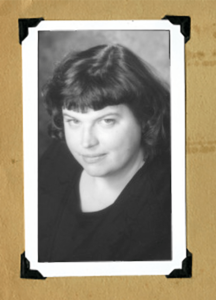 Jennifer Law Young is photojournalist and award-winning filmmaker. Her photographs have appeared on the pages of news publications including the New York Times, the Washington Post, the International Herald Tribune, Newsweek and Time magazines. She produced the documentary film Stolen Years, which aired nationwide on PBS to critical acclaim and was awarded an Emmy Award. She was a featured speaker at the Smithsonian Institution's National Museum of American History lecture series Reel Americans which explored the relationships among film, history, and American Identity. She is co-author of Rockbridge: A Photographic Essay.
Jennifer Law Young is photojournalist and award-winning filmmaker. Her photographs have appeared on the pages of news publications including the New York Times, the Washington Post, the International Herald Tribune, Newsweek and Time magazines. She produced the documentary film Stolen Years, which aired nationwide on PBS to critical acclaim and was awarded an Emmy Award. She was a featured speaker at the Smithsonian Institution's National Museum of American History lecture series Reel Americans which explored the relationships among film, history, and American Identity. She is co-author of Rockbridge: A Photographic Essay.
 Jennifer’s fear of snakes, dislike of bugs, and abhorrence of anything resembling exercise has prevented her from exploring the mountain as much as she would like. However, someone has to do the filming, so with Sarah’s urging over the past few years she has tried to overcome these obstacles in pursuit of the remarkable stories on House Mountain.
Jennifer’s fear of snakes, dislike of bugs, and abhorrence of anything resembling exercise has prevented her from exploring the mountain as much as she would like. However, someone has to do the filming, so with Sarah’s urging over the past few years she has tried to overcome these obstacles in pursuit of the remarkable stories on House Mountain.
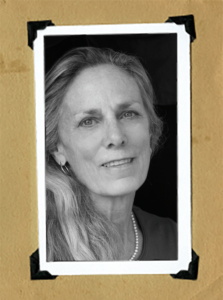 Sarah Clayton is an award-winning author of both fiction and nonfiction. Her stories have been featured in numerous publications including the New York Times, the Washington Post, the San Francisco Chronicle, and have been presented on National Public Radio. She is the author of eight nonfiction books.
Sarah Clayton is an award-winning author of both fiction and nonfiction. Her stories have been featured in numerous publications including the New York Times, the Washington Post, the San Francisco Chronicle, and have been presented on National Public Radio. She is the author of eight nonfiction books.
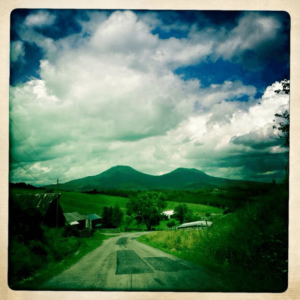 Sarah spent much of her youth exploring the slopes of House Mountain. As an adult she returned to Rockbridge County and shared her love of the mountain with her sons. Jennifer thinks Sarah is part mountain goat and that she has probably hiked every square inch of both mountains. She appears to have no fear of snakes, bugs, or high cliffs.
Sarah spent much of her youth exploring the slopes of House Mountain. As an adult she returned to Rockbridge County and shared her love of the mountain with her sons. Jennifer thinks Sarah is part mountain goat and that she has probably hiked every square inch of both mountains. She appears to have no fear of snakes, bugs, or high cliffs.
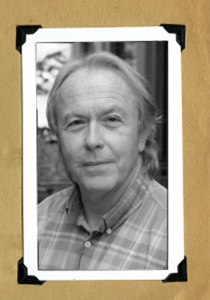 Unless the music is a live performance by the person being interviewed, all of the music on this website is by James Leva.
Unless the music is a live performance by the person being interviewed, all of the music on this website is by James Leva.
James Leva is a multi-instrumentalist, singer, and songwriter whose music is deeply rooted in Appalachian tradition. He learned much of his fiddle, banjo and vocal repertoire from great traditional masters such as Tommy Jarrell and Doug Wallin.
 He is widely praised by critics for blending traditional and original material in the context of exploring the Celtic roots of Appalachian music. You can learn more and purchase his music at: www.jamesleva.com
He is widely praised by critics for blending traditional and original material in the context of exploring the Celtic roots of Appalachian music. You can learn more and purchase his music at: www.jamesleva.com